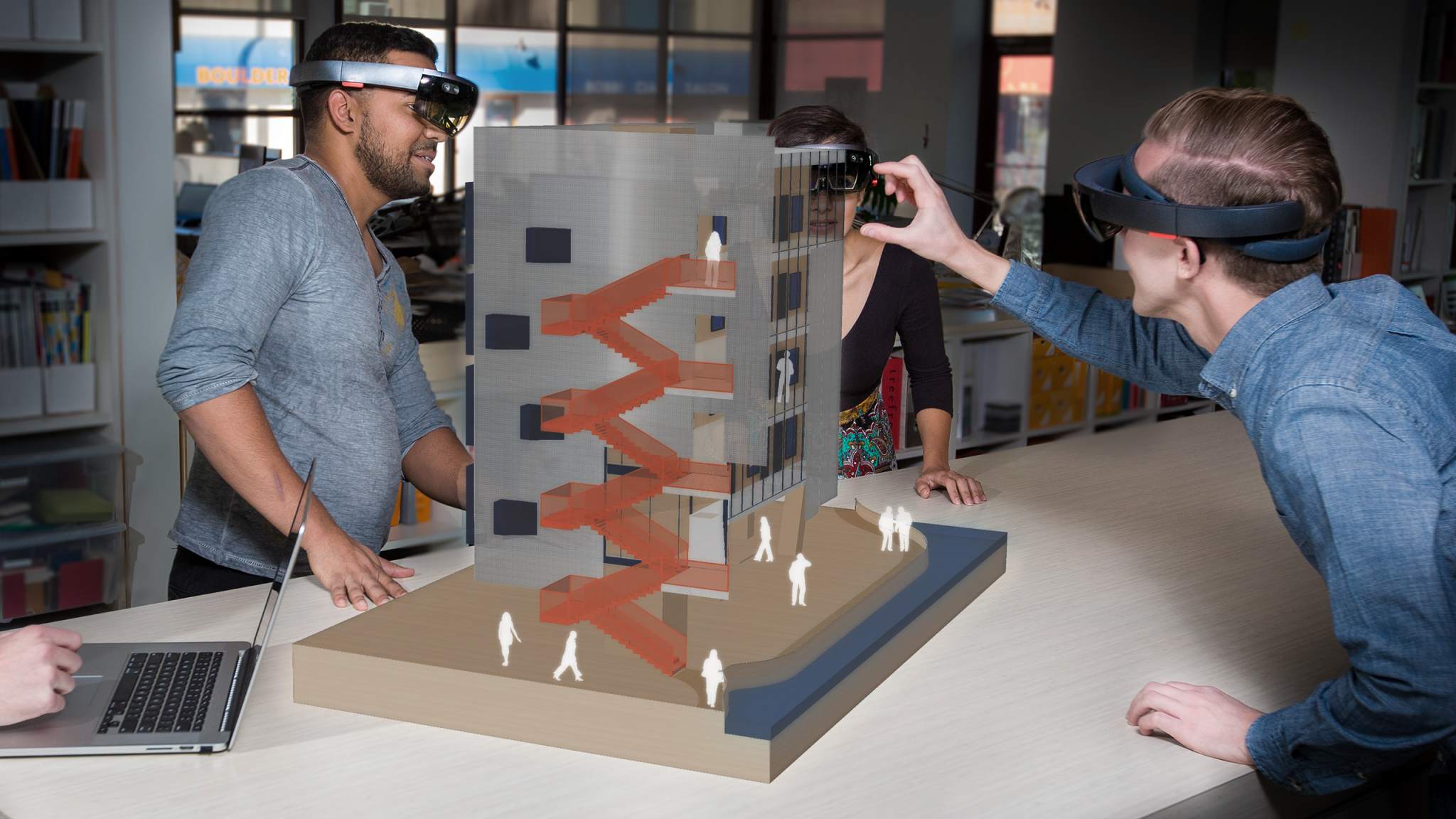Google have published an open source compression library known as ‘Draco’ “to improve the storage and transmission of 3D graphics.” The files enhance the compression of 3D data and subsequently encourage the growth of 3D related technology. Specifically Virtual Reality (VR) and Augmented Reality (AR).
Draco has been developed by Google’s Chrome Media Team and they have published the open source code on GitHub. The Chrome Media Team cite an increase in model complexity as creating problems since “storage and bandwidth requirements are forced to keep pace with the explosion of 3D data.” Just last week Google themselves contributed to this ‘explosion’ with their new Toontastic 3D phone app.
In a blog post, the Chrome Media team compare the growth of VR and AR to video and audio compression. They explain how Draco is an attempt to enable this growth while also to mitigate “swimming in a sea of geometric data.”

In order to better understand this development, I spoke to software engineer Tiger Huang, from WeDesign who have created a browser-based 3D design software. Huang cited the inclusion of both C++ and Javascript in the compression coding was a strong bonus. However, he explained it would be unlikely to change the way in which they use 3D data for WeDesign. As he says,
While it doesn’t change the rendering, it is still good for the community, especially the mesh based online editor.
Where Draco would have significant impact is in the transmission of 3D designs such as those used in VR and AR. Adding to the progression of 3D viewers such as SketchUp’s Viewer for HoloLens, this would enable objects to be sent and received much faster. Furthermore by publishing the open source code, Google have enabled users to download and use offline for their own compression purposes.

In a Google blog post, Jamieson Brettle and Frank Galligan from the Chrome Media Team wrote,
With Draco, applications using 3D graphics can be significantly smaller without compromising visual fidelity. For users this means apps can now be downloaded faster, 3D graphics in the browser can load quicker, and VR and AR scenes can now be transmitted with a fraction of the bandwidth, rendered quickly and look fantastic.
Vote now in the 1st Annual 3D Printing Industry Awards. Nominations close soon.
Featured image of Google’s new Draco 3D compression software. Image via Google.



